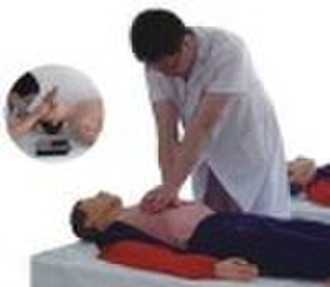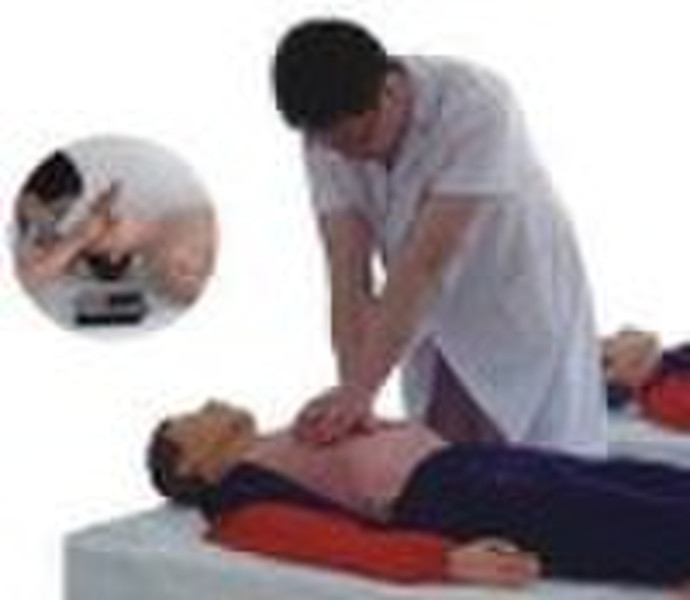Каталог
-
Каталог
- Автомобили и мотоциклы
- Безопасность и защита
- Бизнес
- Бытовая техника
- Бытовая электроника
- Детали машин и услуги по их изготовлению
- Дом и Сад
- Здоровье и медицина
- Игрушки и хобби
- Изделия из металла
- Измерительные и анализирующие приборы и инструменты
- Инструмент
- Красота и личная гигиена
- Мебель
- Мероприятия по охране окружающей среды
- Минералы и металлургия
- Модные аксессуары
- Обувь и аксессуары
- Одежда
- Освещение
- Подарки, сувениры
- Продовольственные товары и напитки
- Промышленное оборудование и техника
- Резина и пластмассы
- Сельское хозяйство
- Специальное оборудование
- Спорт, отдых и досуг
- Сток
- Строительство и недвижимость
- Текстиль и кожа
- Телекоммуникации
- Товары для офиса, учебы. Канцтовары
- Транспорт
- Упаковка и печать
- Химикаты
- Часы, Украшения, Очки
- Чемоданы, сумки
- Электронные компоненты, оборудование, принадлежности
- Электротехническое оборудование и принадлежности
- Энергия
Filters
Search
Всего тела КПП обучение манекен, медицинская модель
ориг. цена: 1 500 USD
Пекин, Китай
Объем производства:
10000 Набор / Год
Пекин, Китай
86-10-63977620

Guoxin Chen
Контактное лицо
Основные данные
1. CPR manikin 1) Lifelike head and neck, soft face material, realistic feeling; realistic buccal cavity (teeth, tongue, uvula), realistic airway (epiglottis, glottis, larynx, arytenoid cartilage, vocal cords and trachea) and esophagus. 2) Tracheal cannula training 3) Different open airway training methods, only keep airway open to realize artificial respiration. 4) Practice mouth-to-mouth, mouth–to-nose artificial respiration with face mask or breathing apparatus. The amount and speed of the air is displayed, recorded and evaluated by the main controller. 5) Lifelike eyes, when rescue successfully, the pupil will become normal. 6) Carotid pulsation: when rescue successfully, the carotid pulsation will become normal. 7) Clear thoracic surface marker (angle of sternum, xiphoid bone, nipples) is easy to find the site for closed cardiac massage. 8) LED shows wrong site of external chest compression. 9) Realistic landmarks for locating external chest compression, and the depth and frequency of compression is displayed, recorded and evaluated by the main controller. 2. Host computer Three practice ways: practice, international standard, and user-defined standard. 1) Practice: running time is 300 seconds countdown, then the practice is over and the operator can practice aerifying and compression. 2) International standard: running time is 120 seconds countdown; operator should finish 5 times of cardio pulmonary resuscitation within 120 seconds. Each time the compress frequency is 100 times/minute, the ratio between cardiac compression and mouth-to-mouth respiration should be 30:2. 3) User-defined standard: running time is 180 seconds countdown; operator should finish 5 times of cardio pulmonary resuscitation within 180 seconds. Each time the compress frequency is 100 times/minute, the ratio between cardiac compression and mouth-to-mouth respiration should be 30:2. 3. Venous channel (matching components) 1) Complete venous system of upper and lower extremity, can be used for IV solutions, blood collection and injection. Simulate IV access establishment during first aid. 2) Blood circulation pressure device, can be used for venous angioplerosis, obviously backflow blood, venous. Use infusion pump or syringe pump to do IV solutions and control the drops. 3) Upper arm intramuscular injection module can be used for intramuscular injection. 4. Blood pressure measurement (matching components) 1) Simulated adult arm used for non-invasive blood pressure measure with real hemomanometer, with korotkoff sound. 2) Blood pressure control device used for pressure value presetting with accurate unit-1 millimeter. 3) Pulse frequency and sound volume can b
Условия поставки и упаковка
Packaging Detail: according to customer requirement Delivery Detail: 1month
Порт: Tianjin xingang
Условия оплаты
Аккредитив
Электронный перевод
Вестерн Юнион
-
Способы оплаты
Для оплаты товаров и услуг на нашем портале, Вы всегда получаете счет, в котором Вам необходимо самостоятельно указать свои данные.
Мы принимаем к оплате:









